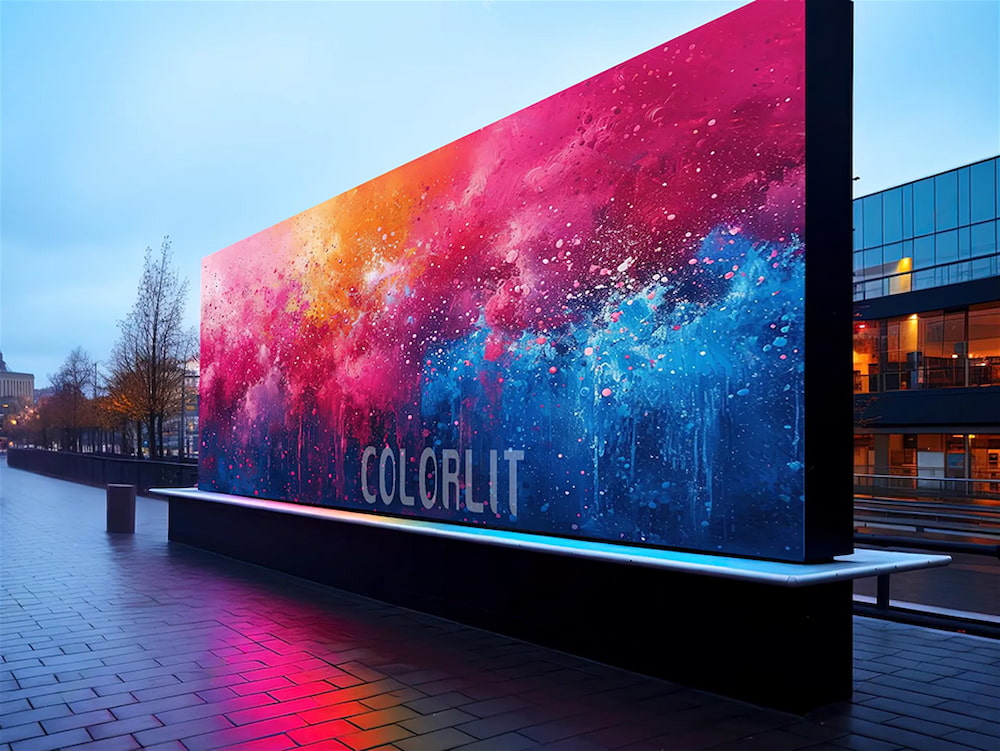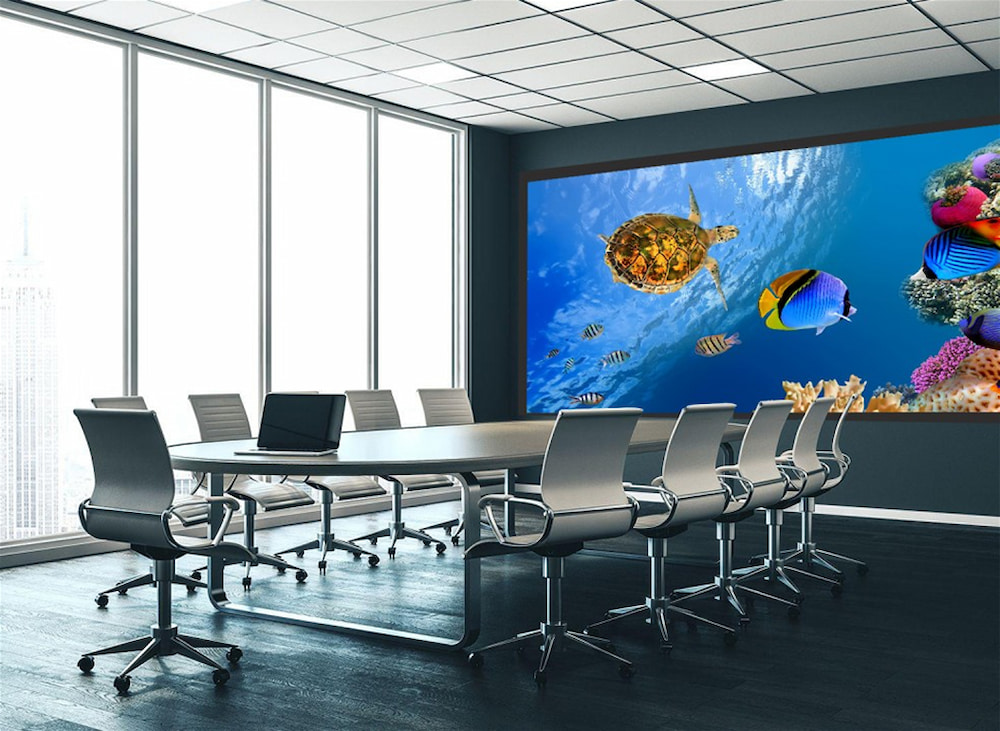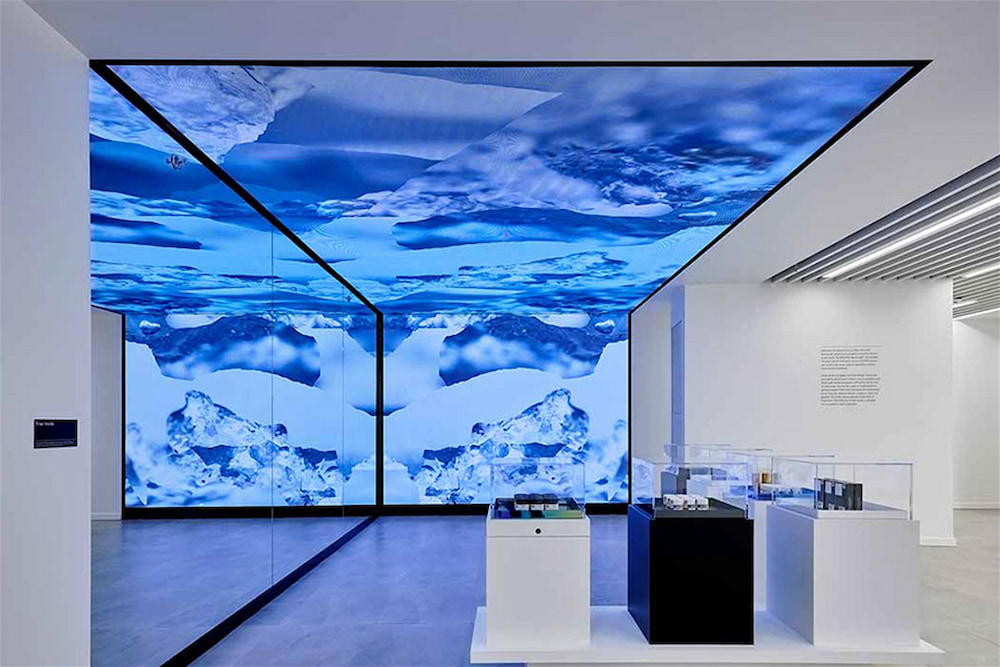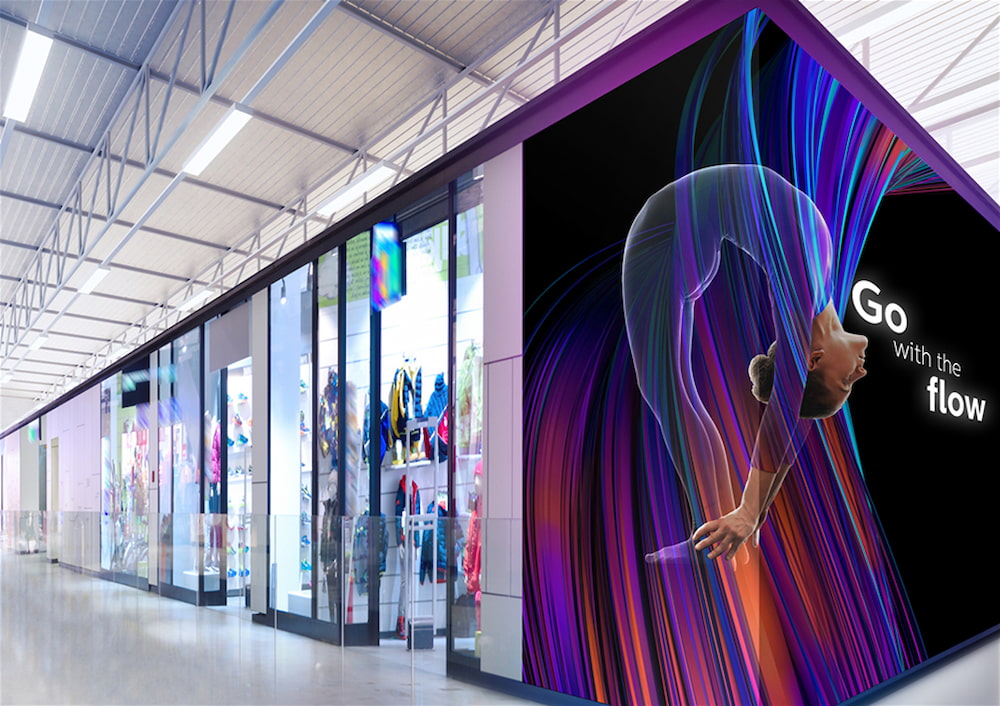
In the ever-evolving world of digital Led display technology, LED screens have emerged as the bridge between reality and the virtual realm, thanks to their exceptional visual performance and wide range of applications. Behind this innovation lies a crucial concept - "resolution," which determines the level of visual intricacy on LED displays. This article will take you on a deep dive into the mysteries of resolution in LED screens, dissecting its physical and logical aspects, from its configuration to its practical applications, to illuminate the essence of this remarkable technology.
What is resolution?
In simple terms, resolution refers to the number of pixels present on the screen both horizontally and vertically, measured in "pixels" (px). It not only serves as a critical technical indicator for assessing image detail performance but also profoundly influences the overall visual experience. In the realm of LED displays, resolution can be categorized into two main types: physical resolution and display (logical) resolution.
1. Physical resolution, also known as device resolution or output resolution, represents the inherent pixel layout of an LED display—specifically, the actual number of light-emitting diodes (pixels) present horizontally and vertically. It determines the maximum and optimal display performance of the screen and remains an unalterable hardware attribute. For instance, a physical resolution of 1920×1080 means there are 1920 pixels horizontally and 1080 pixels vertically, collectively forming the pixel matrix of the display.
2. Display resolution refers to the number of pixels portrayed by an LED screen under specific settings. Unlike physical resolution, display resolution can be adjusted through software. On a screen of the same size, reducing the display resolution enlarges the pixels, diminishing the picture details. Conversely, increasing the display resolution allows for a more intricate depiction and a finer image.

Why is resolution crucial?
The level of resolution directly determines the visual quality of an LED display. A higher resolution signifies more pixels, leading to more precise rendition of image details and a clearer, more lifelike picture. Particularly, when playing high-definition videos, showcasing complex graphics, or displaying detailed data visualizations, the advantages of high-resolution become particularly striking.
How to set the resolution of an LED display?
While the physical resolution of an LED display remains fixed, the display resolution can be optimized by adjusting settings. In both Windows 7 and Windows 10 operating systems, this can be accomplished through a few simple steps:
1. Right-click on the blank area of the desktop and select "Screen resolution" (Windows 7) or "Display settings" (Windows 10).
2. Upon entering the adjustment window, choose an appropriate resolution option based on your specific requirements.
3. Click "Apply" or "OK" to save the settings, following prompts to confirm the changes made.
Common issues and solutions
In the use of LED displays, one might encounter incomplete picture display or a failure to entirely cover the screen. This often stems from a mismatch between the picture display and the actual resolution of the LED display or improper video processor settings. Resolving such issues involves the following methods:
1. Adjust the picture display resolution: Ensure that the picture display resolution matches the physical resolution of the LED display.
2. Configure the video processor's scaling mode: Set the video processor's scaling mode to full-screen, allowing the picture to automatically adapt to the display screen size.

How to select the appropriate resolution?
When selecting an Advertising LED display, one should consider the specific application scenarios and requirements to determine the ideal resolution. For example, in long-distance viewing situations such as outdoor billboards, a lower resolution may be suitable to reduce costs. Conversely, in scenarios like indoor conferences or stage performances that require close viewing, a higher resolution is necessary to ensure clarity and finesse in the visuals.
Additionally, attention should be given to the pixel pitch (the distance between adjacent pixels) of the LED display, as it influences the resolution. A smaller pixel pitch allows for more pixels to be accommodated on the same screen size, thereby enhancing resolution and image quality.
With the advancement of technology and evolving market demands, LED Billboard resolution will continue to progress towards higher levels of precision and intricacy. In the future, we can anticipate the emergence of higher-density LED diode arrangements, more advanced image processing techniques, and intelligent resolution-adaptive algorithms. These developments will further elevate the visual performance and application potential of LED displays. Moreover, with the widespread adoption of technologies such as 5G and the Internet of Things, LED displays will interact and connect with a broader range of smart devices, facilitating a more vibrant and diverse visual experience.
In conclusion, resolution stands as one of the core technical indicators for LED display screens, underscoring its undeniable significance. By delving deep into the concepts of resolution, its configuration methods, and common troubleshooting solutions, we can fully leverage the advantages of LED displays to deliver exceptional visual effects for applications.




 language :
language :














